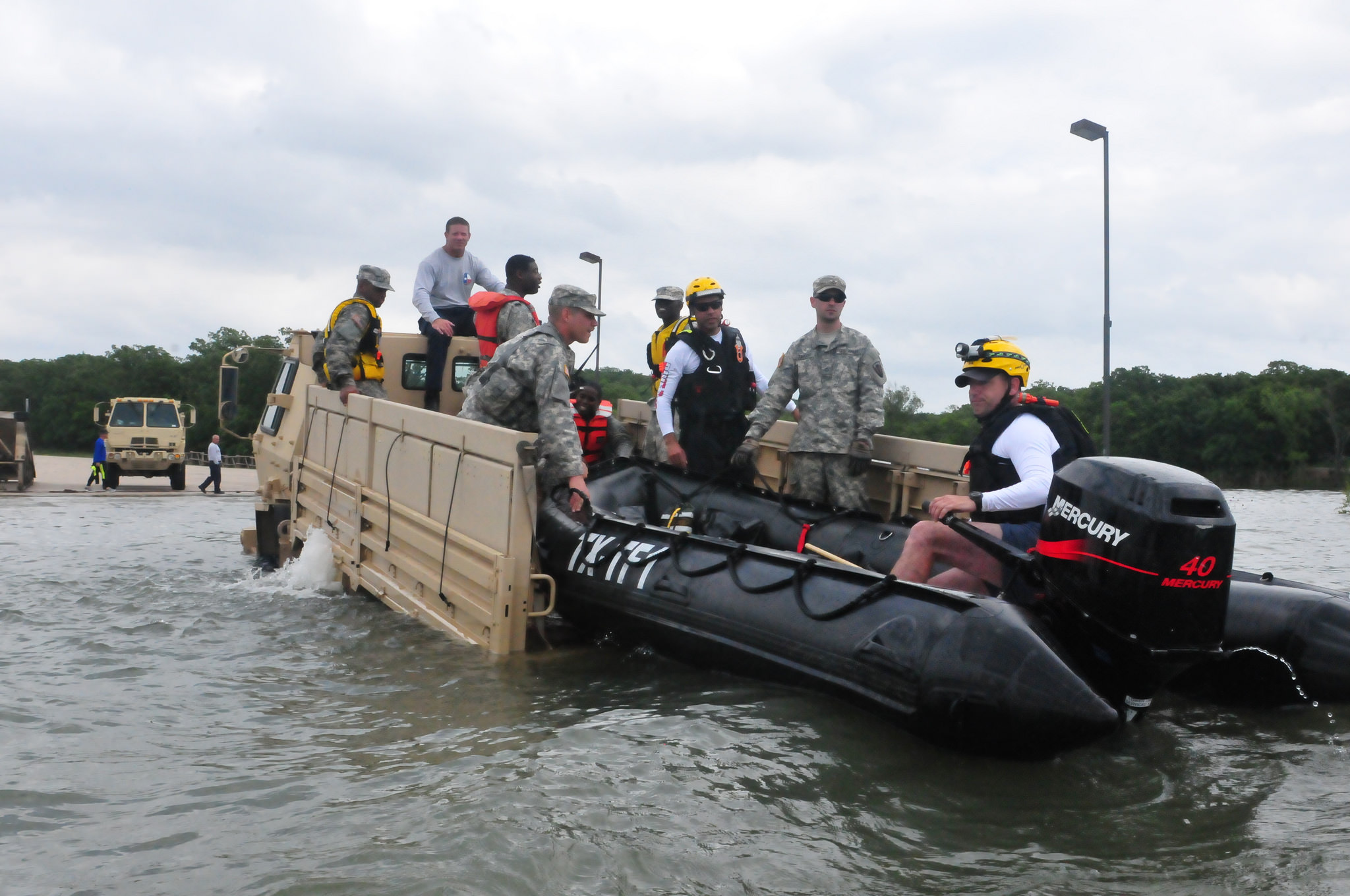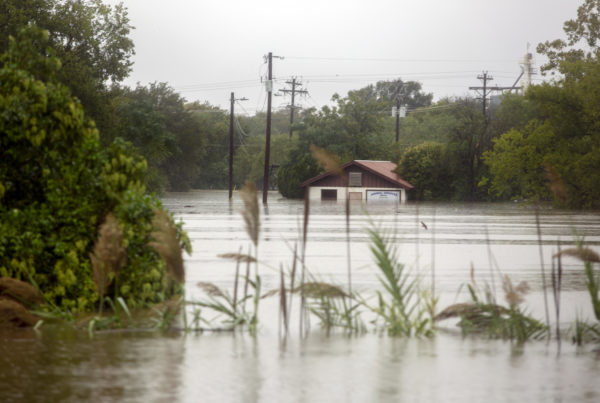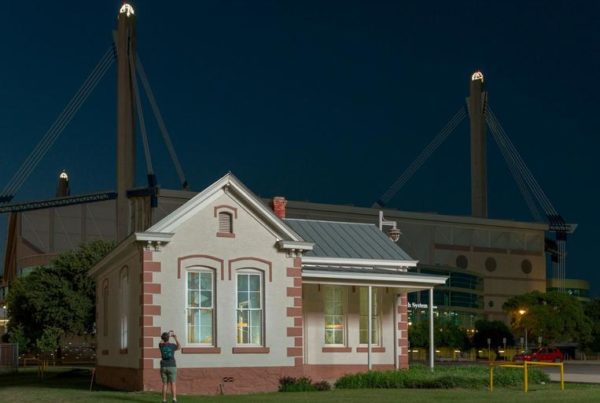News Roundup: Texas Task Force 1 Is Working With Florida First Responders To Help With Hurricane Michael Recovery
Our daily look at Texas headlines.

Texas Military Department/Flickr (CC BY-ND 2.0)
Texas Army National Guard soldiers on state active duty conduct water-rescue rehearsals with first responders from Texas Task Force 1 in 2015.
The Standard’s news roundup gives you a quick hit of interesting, sometimes irreverent, and breaking news stories from all over the state.
A week after Hurricane Michael devastated the Florida Panhandle, the death toll in that state, and in three others, has risen to at least 29 people, according to CNN. A group of Texans remains on the ground to aid in recovery efforts.
Those include members of Texas Task Force 1, an urban search-and-rescue team that works with state and federal groups such as the Federal Emergency Management Agency.
“Since about Thursday, they’ve been working the area around Panama City, over west and east of it, both toward Mexico Beach, and areas north that were very badly impacted by Hurricane Michael,” says Stephen Bjune, a spokesperson for Texas Task Force 1.
Bjune says these Texans help support the work of local first responders, and they’ve gotten a lot done in less than a week.
“They’ve gone through almost 17,000 structural assessments, they’ve checked on 15,000 shelter-in-places – folks who are staying put – and they’ve helped the evacuation, rescue, or the assist of nearly 200 personnel and another thousand animals,” Bjune says.
Bjune says as of right now, there’s not an exact date for when these members of Texas Task Force 1 will leave Florida.
“The team is prepared to go out for a minimum of 14 days, so two weeks, and it can easily respond for up to 21 days or three weeks. In this case, the workload and the amount of work up there, we don’t expect them any sooner than next week,” Bjune says.
Bjune adds that fellow members of this statewide search-and-rescue team have also been busy here in Texas addressing widespread flooding.
Former Secretary of Housing and Urban Development, and one-time San Antonio Mayor, Julian Castro, is giving more signals he plans to run for president in 2020. Castro has been making the media rounds this week for his new book “An Unlikely Journey: Waking Up From My American Dream.”
An Unlikely Journey will publish on October 16. It tells the story of my family in America, from my grandmother’s arrival as a seven year old orphan in 1922 to my mother’s fight for civil rights and my and @JoaquinCastrotx’s upbringing and public servicehttps://t.co/XlTbeE2V0Y pic.twitter.com/x0rHt0GAHz
— Julián Castro (@JulianCastro) August 22, 2018
While discussing his memoir on the public radio program “1A” earlier this week, Castro was asked point blank about his intentions to run.
“Obviously I’ve been to New Hampshire twice, I’ve been to Iowa twice; I’m seriously considering running for president. I’m going to make a decision after the November election and before the end of the year,” Castro said.
Castro, who is a Democrat, doubled down on that statement in an interview with Rolling Stone published Tuesday, saying, “I’m likely to do it.” He again made similar statements Wednesday morning during a live interview with BuzzFeed News, in which he said the factors that will impact his decision to run in 2020 include his family, but also the results of the upcoming midterm elections.
“What I hear is that people want new leadership… but you also always need a mix of new faces and folks with a lot of years of experience.” – @JulianCastro on the future of the Democratic party pic.twitter.com/rT1se4w0h2
— AM to DM by BuzzFeed News (@AM2DM) October 17, 2018
“I want to see what happens on November 6th, because these elections do set a mood, they set a tone. The American people do send a message about the next couple of years,” Castro said.
A recent CNN poll asked Democrats and Democratic-leaning Independents to choose their preferred presidential nominee from 16 possible candidates; the only Texan on the list was Beto O’Rourke, who had support from four percent of respondents.
The up-and-down nature of Texas weather, from drought to downpours, is taking its toll on several of the state’s biggest cash crops. So says the United States Department of Agriculture’s October Crop Production Report. From KETR in Commerce, Scott Morgan has more:
Cotton production took the biggest dip – down almost 20 percent since last year, when the state produced more than nine million bushels. Soybeans and peanuts saw double-digit drop-offs in production, too. The USDA says the downturns in these and other crops, including rice, pecans and corn, stem from a year that started wet, got severely dry and then got soaking wet again.
Agricultural areas in the Northeast and Gulf-Coast regions of the state are projecting big drop-offs in planted acres compared to 2017. Both regions are looking at about two-thirds fewer planted acres by the end of the year.















